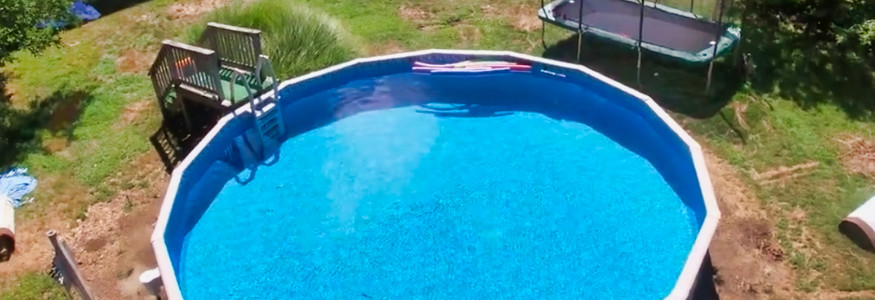Total Alkalinity

Pool owners need to have a stable Alkalinity to prevent potential maintenance cost resulting from damage to pool equipment. Pool pump motor life can get cut short because of plugged filters and reduced pipe flow from scale build up.
In addition, Imbalanced Alkalinity may cause burning in the eyes and itchy skin.
The main reason to be concern about the Alkalinity in your pool is because it a measurement of how to balance your pool really is. If you have too high or too low levels of Alkalinity, you're going to have a hard time balancing the pH and Chlorine. Thus you'll be spending lots of money to balance the pool.
The ideal Total Alkalinity should be somewhere between 80 and 120 ppm.
High Total Alkalinity
The results of high Total Alkalinity may be one or more of the following:
- Cloudy water!
- Not able to keep the ph in balance despite regular addition of pH-down;
- Reduced chlorine efficiency resulting in algae growth;
- Added too much baking soda, when trying to increase your total alkalinity.
There are two main chemicals available to lower alkalinity: sodium bisulfate, also known as dry acid, and muriatic acid. You can find muriatic acid at Lowes and Home Depot, check the pool supplies section and/or the paint supply section.
Low Total Alkalinity
The results of a low Total Alkalinity may be one or more of the following:
- Staining of the pool's surfaces
- Slightly Green water
- pH bounce (rapid fluctuations in pH).
To raise Alkalinity: use Sodium Bicarbonate (Baking Soda). Most experts suggest using One pound of Baking Soda for every 6,000 gallons of water. Simply pour the baking soda slowly over the out spout. Just make sure to test the Total Alkalinity levels after a couple of hours to make the pool is fine.
